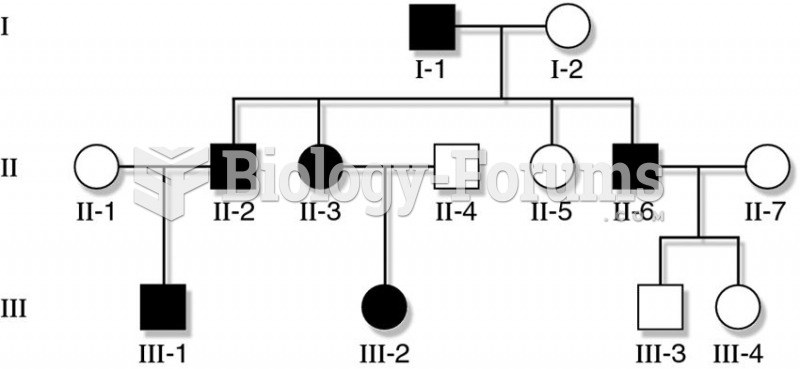Answer to Question 1
Ideal Answer: The ideal answer should:
1. Explain that this comic strip, drawn by an editorial cartoonist named Branford, centered on the young Jones boy's search for the good life of money, success, love, and a happy marriage. But at every turn he confronts a harsh reality. Unable to get a job because of the Depression, he becomes an outlaw and narrowly escapes jail. Constantly on the run from oppression, his only consolations are his family and his beautiful, ever-faithful girlfriend.
2. Point out that The Jones Family illuminates the gray areas that most African Americans, regardless of their class, faced when attempting to live rational, coherent lives in the northern cities. Although they cherished middle-class values, they often had to live with poverty, crime, and racial oppression.
3. Conclude that the black comic strips sought to provide entertaining, nonjudgmental prescriptions and blueprints for middle-class life, but to more cynical and alienated black people they seemed to be promoting unattainable values and lifestyles.
Answer to Question 2
Ideal Answer: The ideal answer should:
1. Explain that Ralph Ellison, Richard Wright, and James Baldwin were some of the main black authors of the era. Note the books they wrote.
2. Point out that each approached the subject of blacks in society differently; for example, Baldwin denied the centrality of racism in the black experience while Wright and Ellison made it the entire issue.
3. Point out the controversy between Wright and Baldwin that led to their split.
4. Conclude that black writers differed primarily over the issue of how to solve racism in the United States and what role blacks should play in the struggle. The duality of violence vs. non-violence, the twoness of the black identity, and the problem of discrimination remained the focus.







